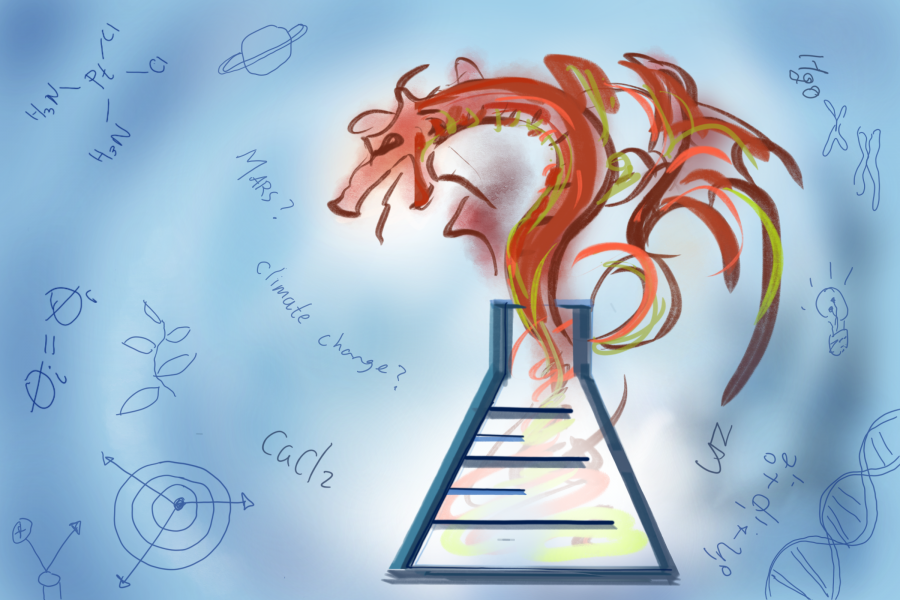The Science Hub: kilogram redefined, effects of skipping breakfast, sails in space
June 9, 2019
The change in the kilogram that didn’t change anything
The kilogram, for the majority of one’s life, was defined by a mass of platinum-iridium that was officially declared one kilogram. That kilogram, known as Le Grand K, was stored in a controlled environment in Paris. Seven identical platinum-iridium were created at the same time, each with the identical mass. And that would’ve been the kilogram, if not for varying measurements that showed up when the kilograms each had their mass checked. They were all varying from the defined mass by up to 50 micrograms.
Thus, scientists looked for a new way to define the kilogram based off of physical constants instead of physical objects. On May 20, 2019, such a way was officially established. To keep from being too technical, with new technology that was developed, scientist were able to determine Planck’s constant and used that to create a new definition of a kilogram.
This new definition of a kilogram won’t affect the measuring of items, however. Though the definition of the kilogram changed, the value stayed the same.
-Thomas Weldele
Cheerios or heart attack? You choose.
As summer break begins and the rush to attend 8 a.m. classes end, there’s no reason to keep skipping that first meal of the day.
A recent study that included over six thousand participants found that those who consistently skip breakfast are 87 percent more likely to die from cardiovascular diseases than those who eat breakfast. In addition, those who skip it had a 59 percent increase in developing heart disease and a 33 percent increase in having a stroke. In this study, socioeconomic and behavioral factors were controlled.
-Rachel Chang
Sails in Space
In the era of voyage, vessels were used to transverse the oceans utilizing the force of the wind to provide the vessel with momentum. This month, Bill Nye and the Planetary Society are ready to launch their second iteration of LightSail through a partnership with SpaceX.
The Planetary Society has been developing this idea of solar sailing since before Bill Nye was CEO. It began with Carl Sagan’s idea of using the concept of sailing in space. Photons from the sun would push the sail of the spacecraft causing slight motion. Unlike rocket fuel, sunlight will never run out.
After the success of LightSail 1 in 2015, LightSail 2 is going to attempt to raise the orbit of the spacecraft solely with sunlight and a momentum wheel. They will also be testing out their laser ranging technology to precisely calculate the orbit of the spacecraft as that was an issue during LightSail 1.
From transferring the oceans to transversing the sea of space, as Carl Sagan states it “Somewhere, something incredible is waiting to be known.”
-Jonathan Soriano
Editor’s Note: The Science Section would like to recognize both Rachel and Jonathan for their hard work throughout the year on making The Science Hub a reality and their continued work in writing amazing pieces as this will be their last Science Hub.















